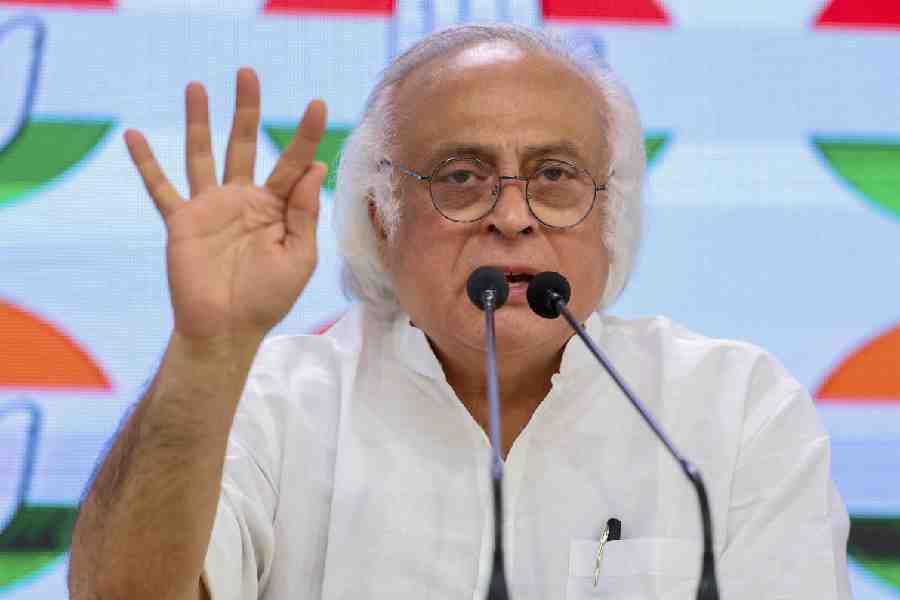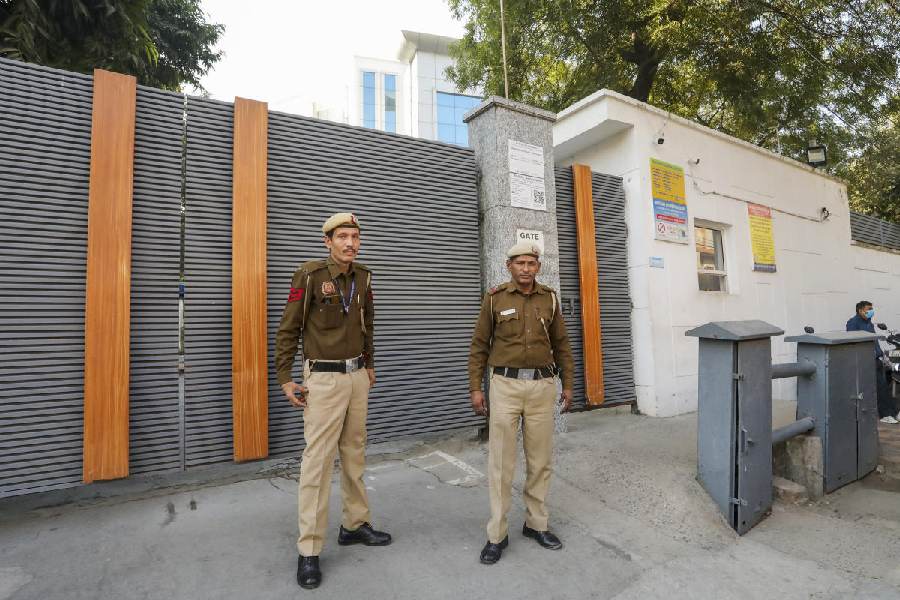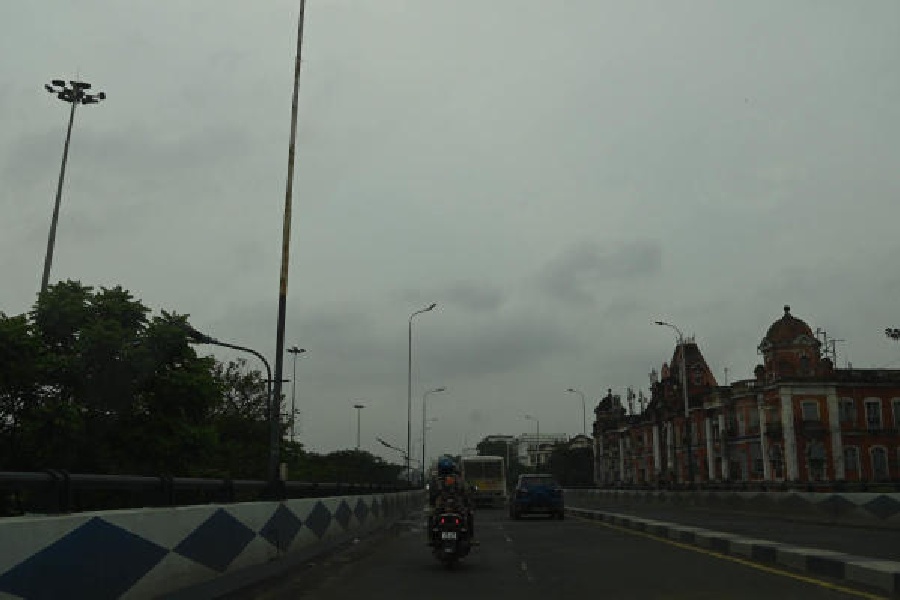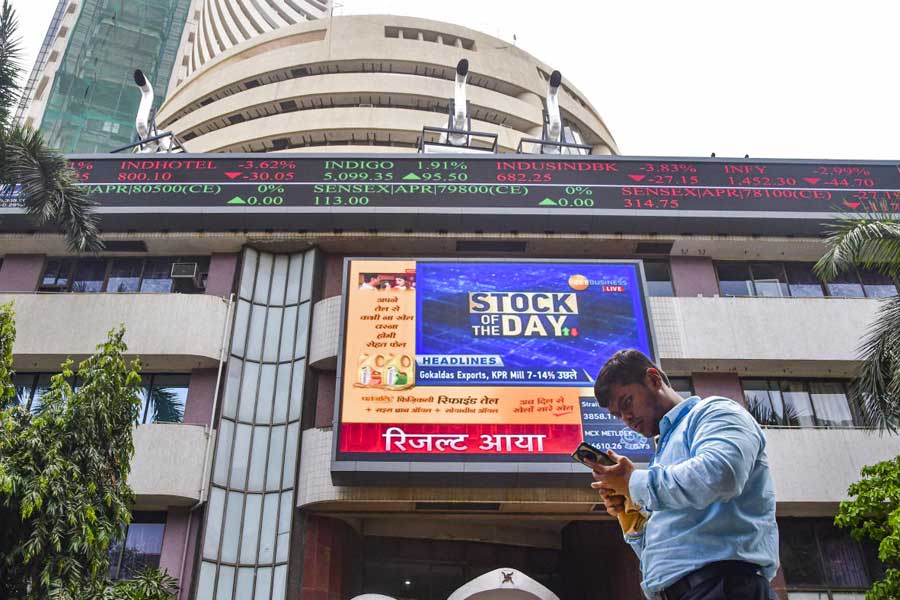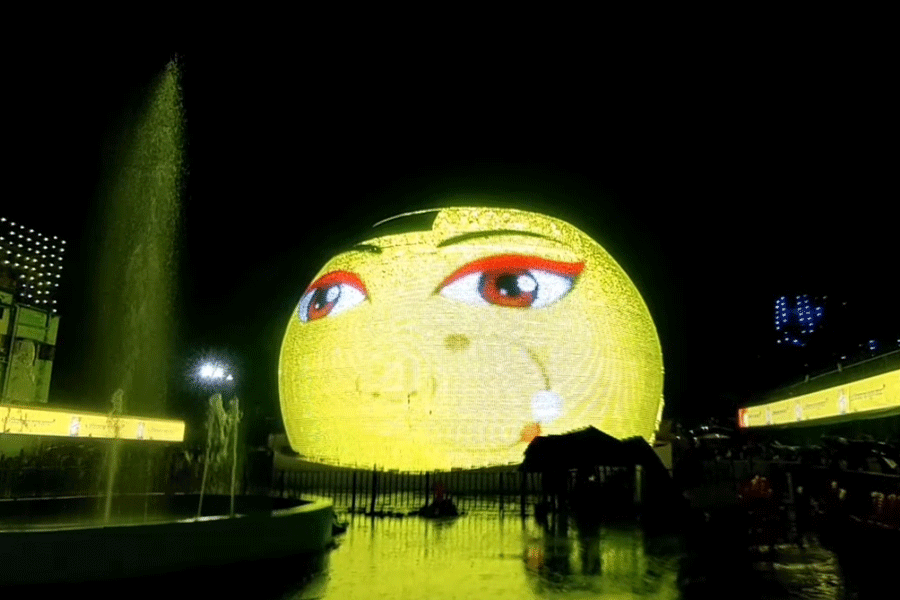
Adam Dalgliesh would've loved to get his hands on this one. P.D. James would have called the case, The Walking Gods.
One night in 2004, a rare idol disappeared from a house in Bharhut, Madhya Pradesh. The yakshi was a family deity. The owners had registered it with the Archaeological Survey of India (ASI). And after the theft, they filed an FIR with the local cops.
Eight years later, the all-but-forgotten nymph resurfaced at the other end of the world - in New York.
Acting on a tip off, the US department of Homeland Security raided a New York art gallery, Art of the Past, owned by second-generation art dealer Subhash Kapoor. One of the items netted courtesy Operation Hidden Idol was the yakshi.
Kapoor is in a jail in Tamil Nadu facing trial for alleged thieving and smuggling of 28 priceless idols.
Special agent Brenton Easter of the US Homeland Security told The Telegraph, "The artefacts we have recovered from Subhash Kapoor are from all over Asia. They range from small bronze idols to £1,000 Buddha heads... There are other criminals involved...The operation is very large and ongoing."
With the recent surge in Indian heritage articles wapsi by foreign governments and museums and the busting of yet another smuggler's gang, Chennai art dealer G. Deenadayalan and his accomplices, by the Tamil Nadu police two months ago, trafficking in gods has shot into focus again.
Among the heritage pieces Prime Minister Modi brought back from his recent trip to the US are the $1.5 million Chola bronze statue of Saint Manikkavachakar stolen from a Sivan temple in Chennai, a 1,000-year-old bronze Ganesha, terracotta pieces from the Mauryan period from eastern India, Harban floral tiles from Jammu and Kashmir, a 12th century male deity from MP, a 14th century brass Bahubali from Karnataka and two stone objects from Rajasthan, reveals the ASI office.

With Deenadayalan and Co.'s arrest, the Idol Wing of the Tamil Nadu police claims it is on the track of a well-organised antique smuggling syndicate. "We hope to make more arrests in two months," reveals A.G. Pon Manickavel, inspector-general of police, idol wing, CID, Chennai.
Cops are also trying to determine if Kapoor and Deenadayalan are in cahoots. Kapoor's lawyer, Kingston Jerold, says, "He has no connection with Deenadayalan and has been a legal exporter for many decades."
Last year, the Asian Civilisations Museum in Singapore returned an 11th century Chola bronze idol stolen from a temple in Tamil Nadu. It had bought it from Kapoor in 2007 for Rs 600 crore, unaware that it had been illegally acquired.
D.N. Dimri is director (antiquity) of ASI. He blames temples for not maintaining a proper record of the antiques. "When something surfaces abroad... in the absence of proper documentation, we are unable to claim them," says Dimri. It has to be proved that the object was smuggled out of India after 1976, when the Antiquities and Art Treasures Act of 1972 came into force.
Kirit Mankodi, a retired professor of archaeology, runs a portal profiling India's missing heritage artworks. He says, "Kapoor was not just active in Tamil Nadu, but had spread his tentacles to other Indian states." Dimri cites the looting of terracotta pieces from Tamluk in West Bengal.
"There are at least 15 major idol smuggling gangs only in Tamil Nadu," says Singapore-based Vijay Kumar, founder of the India Pride Project, instrumental in tracking high-profile trafficked artifacts.
Kapoor and his associates used to hunt temples in Tamil Nadu for Chola bronzes. Petty thieves were hired to do the deed. The items were then packed in containers along with handicrafts and dispatched to the US. "It is strange how they got clearances... any antique item being shipped out needs an NOC from the ASI," says Kumar.
"The goods were never dispatched directly to the US. The one time he did he was caught," says Manickavel.
In 2007, the police received a tip-off that a consignment of antiques was being shipped out of Mumbai as "marble garden furniture". The consignment was seized in New York. The idol wing arrested two men trying to steal idols in Tamil Nadu, and they revealed the name of Sanjeevi Asokan, an art dealer, who in turn named Kapoor as the mastermind.
Around this time, Kapoor also fell out with his Singapore-based girlfriend, art dealer Paramaspry Punusamy. The scorned lady allegedly leaked his details to cops. A warrant for his arrest was issued. In 2011, Interpol issued a red corner alert, and in 2012, Kapoor was picked up and extradited from Germany.
"One fundamental evidence against him," says Manickavel, "is the metallic inscription of Suthamalli [the village from which the pieces were stolen] on the smuggled idols."
But for every yakshi secured, there are tens of hundreds of antiquities smuggled out of India every day.
If only Dalgliesh's walking gods could talk.


